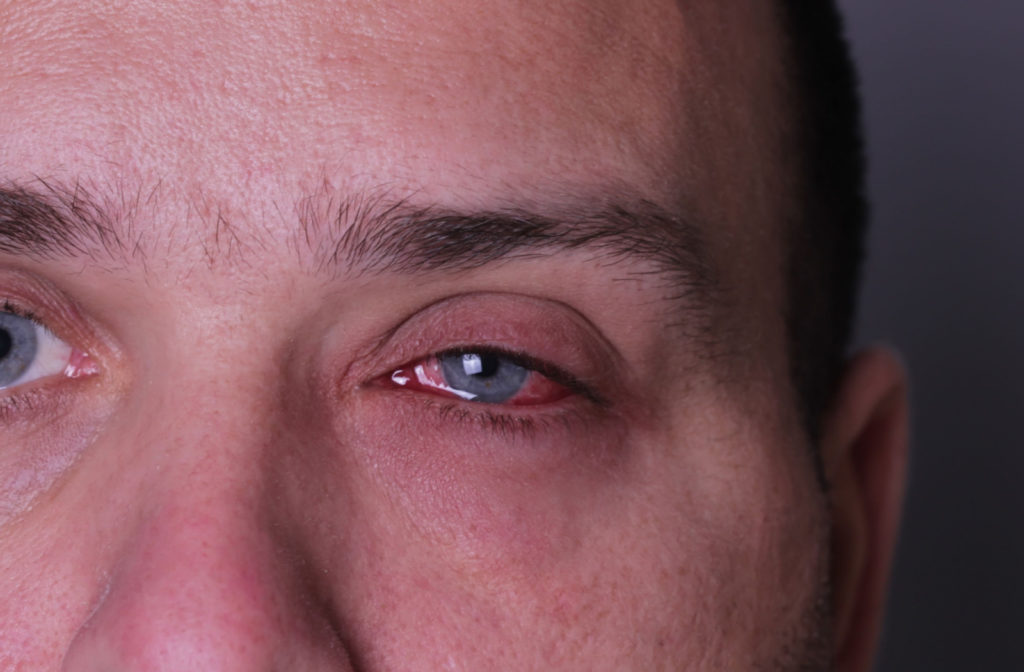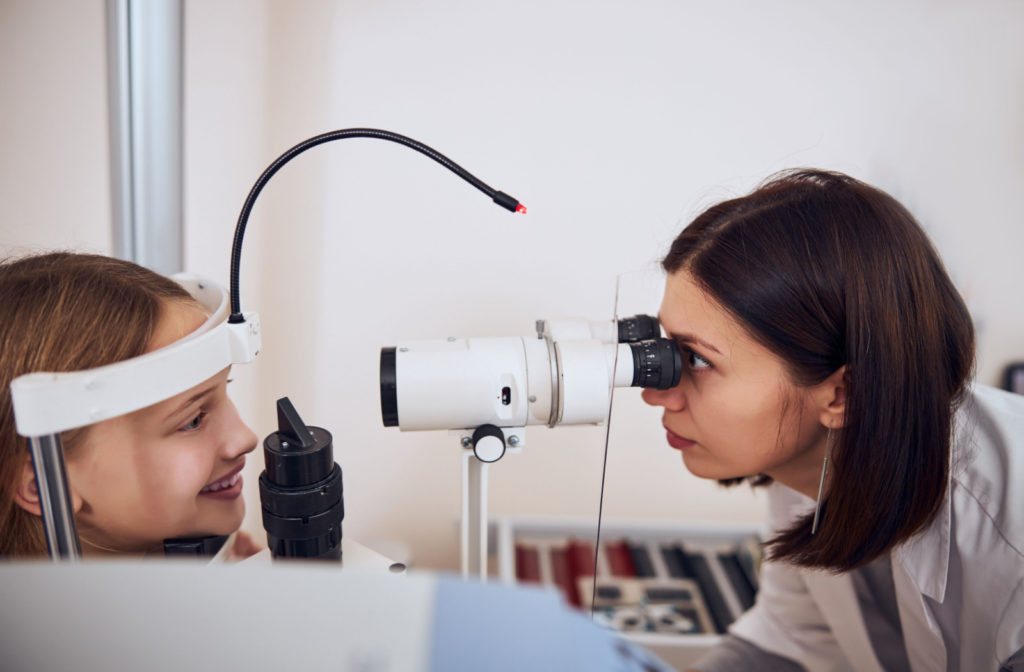You might be surprised at what your optometrist can do for you!
While the definition of an optometrist is simple—a specialized health care professional who manages and treats many eye disorders and diseases, as well as maintaining the general ocular health of their patients—what an optometrist can do may not be obvious to the average person.
Your optometrist can evaluate, identify, treat, and correct eye abnormalities and diseases, including infections.
The best place to start learning what your optometrist can do for you is to book an eye exam and ask questions. Taking a look through your eye doctor’s website can also help you get a bigger picture of the scope of services available for you and your family.
What Does an Optometrist Do?
Optometrists have a wide range of duties they perform, including:
- Examining a patient’s eyes and eyesight
- Prescribing and providing eyewear and contact lenses
- Identifying eye illnesses and complications with vision
- Prescribing drugs for the treatment of eye illnesses
- Offering care following surgery (such as cataract and refractive surgery)
- Patient education on preventing and treating eye illness, contact lens maintenance, and eye safety at home and work
- Treating and managing eye diseases and conditions
- Assessing vision issues
How Does an Optometrist Treat Eye Infections?
Your optometrist can first diagnose your eye infection with an eye exam. Considering most eye infections share a lot of common symptoms, the exam is necessary to determine the exact cause of your symptoms.
Diagnosis and treatment plans can vary depending on the type of infection and may require antibiotic, antiviral, or antifungal medicine in the form of eye drops, pills, or injections, and possibly surgery in some severe cases.

Common Eye Infections
Most common eye infections share enough symptoms that without proper examination from an optometrist, you may not know what you’re dealing with and how best to treat it.
Conjunctivitis
Also known as pink eye, conjunctivitis is a common infection of the eye that may be viral, bacterial, or allergy-related.
Symptoms include eye discharge, sticky eyelids, itching in one or both eyes, feeling as though something is in the eye, an abundance of tears, and the eyes looking pink or red.
Keratitis
Keratitis is an infection of the cornea and is often the cause of improper use of contacts. Keratitis can result in scarring of the cornea and vision loss if untreated.
Like pink eye, keratitis has many forms, including bacterial, fungal, and parasitic. The symptoms of keratitis are similar to that of pink eye, including irritated and red eyes, pain, light sensitivity, the feeling that something is in your eye, discharge, and fuzzy vision.
Uveitis
Uveitis can be caused by a viral or bacterial infection or other underlying illnesses. It can cause swelling and damage to the eye’s tissue. If left untreated, vision loss and other complications may occur.
Endophthalmitis
An infection of the tissue or fluid inside the eye is known as endophthalmitis. It requires emergency medical attention or it could lead to blindness.
There are 2 types of endophthalmitis:
- Exogenous endophthalmitis: The most typical kind which develops following an injection, surgery, or injury to the eye. When the eye’s membrane breaks, bacteria or fungi can enter the eye.
- Endogenous endophthalmitis: a result of an infection that spreads from another region of the body to the eye, such as a blood or urinary tract infection.
Cellulitis
Cellulitis is a bacterial infection that can cause swelling in the eyelids and surrounding tissues. It is frequently painful, causes a fever, and is more common after an eye injury or infection of the sinuses. Cellulitis should be treated as an eye emergency.
Stye
A stye can form if a gland in and around the eye becomes infected and irritated. Styes are growths on the eyelid or within the eyelid caused by a bacterial infection, primarily by staphylococcus, and can be treated with warm compresses. Even though styes can be uncomfortable, they often go away on their own.
Blepharitis
Blepharitis is an infection that causes inflammation at the base of the eyelashes.
Symptoms include clumping and stickiness around the eyelashes, sensitivity to light, watery eyes, redness and swelling of the eyelids, itching, and feeling as if something is inside the eye. Some treatments include cleaning the eyes, applying warm compresses, and using eye drops.
Should You See an Optometrist for Your Eye Infection?
Eye infections can be annoying and uncomfortable, but with the proper care, you can find relief. If you notice symptoms of an eye infection, book an appointment with us at Hercules Optometric Group to find yourself in the hands of qualified, caring medical professionals.



